Which Types of Roofs Have the Shortest Lifespans?
October , 2023 | 6 min. read
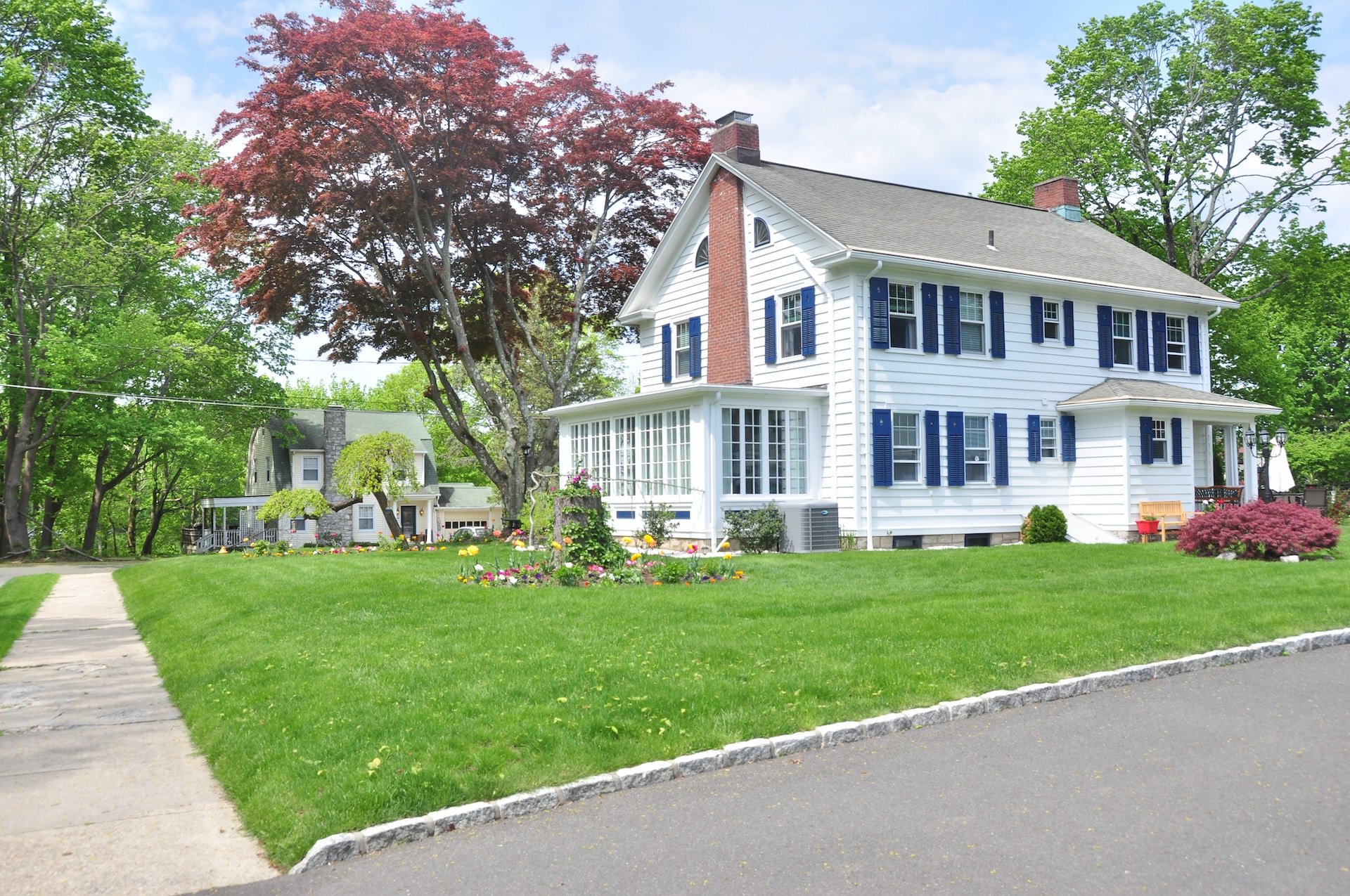
Roofs, as you know, are a critical component of any home or structure, providing protection against the elements and preserving the integrity of a building. However, not all roofs are created equal, and the longevity of a roof can vary widely. Some roofs, due to their choice of materials, installation quality, or exposure to harsh environmental conditions, have shorter lifespans than others.
If you’re yearning for a roof that lasts, RoofCrafters can tell you that understanding the factors that contribute to these shorter lifespans and knowing how to address them is essential for homeowners, property managers, and builders alike.
That being said, if you’re interested in learning more about which types of roofs have the shortest lifespans (and why), you’re in the right place! In just a few short moments, we’ll cover a condensed list of the most common roof types and why they have the shortest lifespans, the factors that affect the longevity of a roof, and your next steps moving forward. Let’s get started!
Which Types of Roofs Have the Shortest Lifespan?
The lifespan of a roof can vary significantly depending on various factors, including the type of roofing material used, the climate and weather conditions in the area, the quality of installation, and the level of maintenance. Generally, roofs with the shortest lifespans tend to be those made from less durable materials. Here are some roofing materials known for their relatively shorter lifespans:
.png?width=1200&height=200&name=Recommended%20Reading%20(35).png)
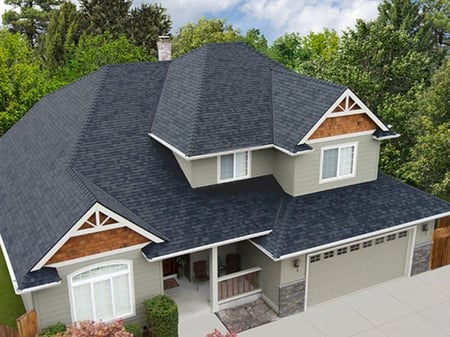
Asphalt Shingles: Asphalt shingles are one of the most common roofing materials and are relatively affordable. However, they typically have a shorter lifespan compared to other materials, ranging from 15 to 30 years. This lifespan can be significantly affected by factors like climate and maintenance.
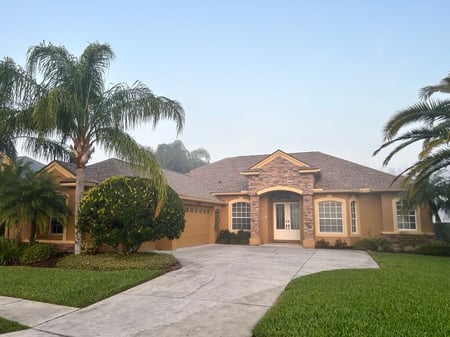
Wood Shingles or Shakes: While wood shingles and shakes can add a rustic and charming look to a home, they are susceptible to rot, mold, and insect damage. Their lifespan can range from 20 to 30 years, but it can be even shorter in areas with high humidity or heavy rain.
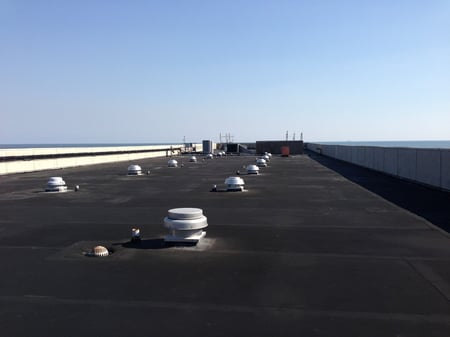
Single-Ply Roofing (EPDM, TPO, PVC): Single-ply roofing membranes, such as EPDM (ethylene propylene diene monomer), TPO (thermoplastic olefin), and PVC (polyvinyl chloride), are often used in commercial roofing. They typically have a lifespan of 20 to 30 years, but this can vary based on factors like UV exposure and maintenance.
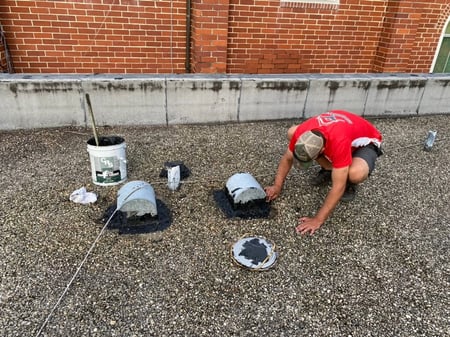
Felt Roofing: Felt roofing, also known as built-up roofing or tar and gravel roofing, is a low-cost option but tends to have a relatively short lifespan, typically around 20 to 25 years.
It's important to note that the actual lifespan of a roof can vary widely based on the factors mentioned earlier. Proper installation, regular maintenance, and local climate conditions play a significant role in determining how long a roof will last.
What Factors Affect the Lifespan of a Roof?
The lifespan of a roof can vary based on several factors, and understanding why some roofs last longer than others involves considering these key elements:
.png?width=1200&height=200&name=Recommended%20Reading%20(36).png)
Quality of Materials: The type and quality of roofing materials used significantly affect a roof's lifespan. High-quality, durable materials are more likely to withstand the elements and last longer. For example, metal roofing, clay or concrete tiles, and some high-end asphalt shingles tend to have longer lifespans compared to lower-quality materials.
Installation Quality: Proper installation is crucial for the longevity of a roof. If a roof is not installed correctly, it may develop problems over time. This includes issues like inadequate sealing, improper fastening, and poor flashing. Hiring an experienced and reputable roofing contractor is essential to ensure a roof is installed properly.
Climate and Weather Conditions: The local climate and weather conditions have a significant impact on the lifespan of a roof. Roofs in areas with extreme temperature variations, heavy rainfall, snow, hail, high winds, or intense UV exposure may experience more wear and tear, leading to a shorter lifespan. Roofing materials should be chosen to suit the specific climate.
Maintenance: Regular maintenance and inspections can extend a roof's lifespan. Neglecting maintenance, such as failing to clear debris or repair minor damage, can lead to more significant issues over time. It's important to keep the roof clean, inspect for damage, and make repairs promptly.
Ventilation and Insulation: Proper attic ventilation and insulation are essential for maintaining a healthy roof. Inadequate ventilation can cause moisture buildup, which can lead to problems like rot and mold, while poor insulation can contribute to ice dams in colder climates. Both of these issues can shorten a roof's lifespan.
Design and Roof Pitch: The design of the roof, as well as its pitch, can influence how well it sheds water and snow. Roofs with steep pitches often last longer because they encourage proper drainage, preventing the accumulation of moisture that can cause damage.
Quality of Underlayment: The underlayment, which is typically a layer beneath the roofing material, acts as an additional barrier against water infiltration. The quality of the underlayment and its proper installation can impact the roof's lifespan and its ability to resist water damage.
Environmental Factors: Environmental factors such as pollution, chemical exposure, and proximity to saltwater bodies can also affect a roof's longevity. These factors may lead to faster deterioration in some roofing materials.
Manufacturer's Warranty: Some roofing materials come with warranties that specify their expected lifespan. These warranties can provide an indication of how long a particular roofing material is designed to last under optimal conditions.
The combination of quality materials, professional installation, climate considerations, regular maintenance, and other factors all play a role in determining why some roofs last longer than others. Homeowners and business owners can help ensure their roof's longevity by making informed choices during the selection and installation process and by properly maintaining the roof over time.
Managing Roofs With Short Lifespans
Dealing with roofs that have shorter lifespans necessitates a proactive and strategic approach to minimize the inconveniences and costs associated with premature roof replacement. First and foremost, it's crucial to select high-quality roofing materials that are suited to the local climate conditions. Careful consideration of installation quality and regular maintenance is paramount, as proper installation and timely repairs can significantly extend a roof's lifespan.
Additionally, homeowners should focus on ensuring adequate attic ventilation and insulation to prevent moisture-related problems. When confronted with a roof that has a limited lifespan, proactive monitoring, and scheduled maintenance can help identify and address issues early, potentially postponing the need for a full replacement. Moreover, exploring roof warranties and understanding their terms can provide guidance on what to expect in terms of longevity.
While certain roofing materials inherently have shorter lifespans, vigilant care, and informed decision-making can go a long way in maximizing the value and durability of any roof. If you’re the proud owner of any of the roof types mentioned above, proper care is key. If you want a roof that lasts, be sure to hit the “Schedule an Inspection” button down below, and one of our experts will walk you through all of the ways you can and should be giving your roof a little TLC!
My name is Cassie, and I’m the Content Manager here at RoofCrafters. I was born and raised in Chicago, Illinois, and made my way out to Florida post-college graduation. I’m incredibly passionate about writing and creating valuable content that helps others with the collaboration of my marketing team. When I’m not working, I enjoy shopping (a little too much), spending time at the beach, and reading!



